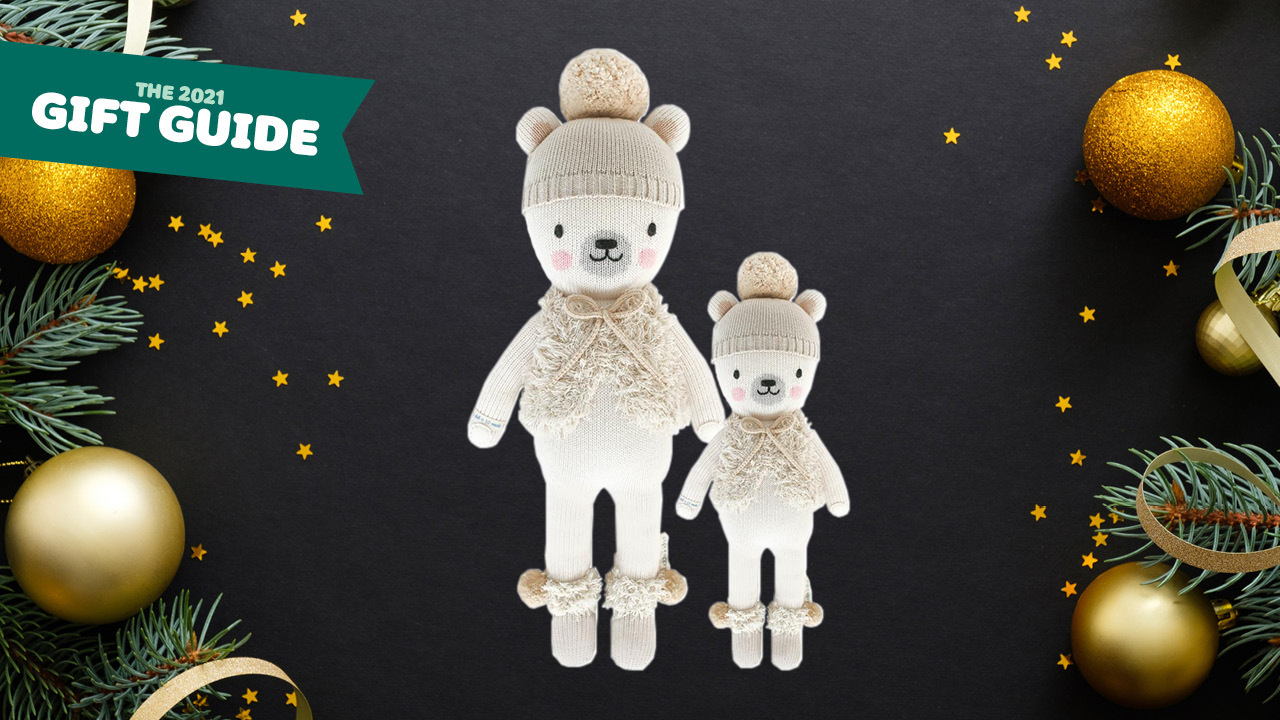Kids of all ages will have fun exploring this STEM activity of three different ways to build a bridge out of paper. Once they have built a paper bridge from common household items, they will test each paper bridge for strength to find out what is the best paper bridge design. This paper bridge building science activity is a great way to get your kids thinking about bridge building at home or in the classroom.

Build a Paper Bridge
Let’s take a few minutes and look at three types of paper bridge design and how well each type of paper bridge holds pennies. Building a strong paper bridge does not require as much concentration or attention to detail as you might think! In fact, with the right design, it can be quite simple.
Let’s explore what forces and related bridge design is required to make a strong paper bridge and then test each of the bridges with a penny challenge.
This post contains affiliate links.
Materials Needed to Build a Paper Bridge
3 Paper Bridge Design Directions

#1 – How to Build a Single Strip Paper Bridge
The first DIY bridge you might create is a single strip bridge. It is the simplest of the kids bridge design ideas and sets the stage for how simple changes in design can make big impact when it comes to holding weight in the testing phase.
Step 1
Take a strip of construction paper 11 inches long and set it on two upside-down red cups.
You will want just a couple of inches between the cups.

Step 2
Once the strip is in place test the strength by adding one penny at a time.
Our Strip Paper Bridge Results
This bridge only held one penny. When a second penny was added to the bridge it totally collapsed.
The kids determined that this type of bridge just wasn’t very stable.

#2 – How to Build a Collapsed Oval Paper Bridge
Next let’s make a folded collapsed oval bridge design. It gets its name from what the ends of the bridge look like. If you looked at the end of the bridge design, it would be flat on the bottom and concave on the top.
Step 1
Take a piece of construction paper and fold the sides down and back on itself so that it is still 11 inches long, but that the width of the paper can be taped together. Folds on each side to establish an approximately inch high edge so that it is a folded rectangle.
The ends were slightly pinched to create an oval for more stability.
Step 2
Test the paper bridge design by adding pennies to see how many you can add before the bridge has structural issues.
Our Oval Paper Bridge Results
This bridge bowed in the center the same way that the single strip bridge did. It was able to hold a few more pennies. The pennies needed to be placed down the center of the bridge. When they were spread out the bridge, the bridge fell into the space between the cups.

#3 – How to Build a Paper Accordion Folded Bridge
This paper bridge design uses a series of alternating folds to create multiple panels of the same size or an accordion fold. This is the type of folding technique you would see in a fan or accordion folder.
Step 1
Create a folded bridge by folding a strip of paper horizontally as you would fold a fan maintaining the 11 inch bridge length. The folds that were created were very narrow.
You could test the results with different widths of folds.
Step 2
Let’s test this bridge’s strength by adding pennies to the bridge center.
Our Paper Accordion Fold Bridge Results
Attempts were made to lay the pennies on top of the folds, but they kept slipping into the folds on the folded bridge. This style of bridge was able to hold all the pennies gathered for this activity. It would have probably held a lot more. The bridge didn’t even have a slight bow in it.

#4 – Create Your Own Paper Bridge Design
Older kids will love to figure out the best bridge design within certain perimeters like:
- Only use one piece of paper between two cups
- The cups need to be a certain distance apart
- The STEM challenge is to see who’s paper bridge design can hold the most weight
Which Paper Bridge Design Worked the Best?
After all the bridges had been created, we talked about why one bridge design worked and others didn’t. We have our thoughts about why some were successful and others were not.
Why do you think some worked and others didn’t?

Did You Know? We Wrote a Science Book!
Our book, The 101 Coolest Simple Science Experiments, features tons of awesome activities just like this one that will keep your kids engaged while they learn. How awesome is that?!
More STEM Activities from Kids Activities Blog
How did your bridge building project turn out? Which paper bridge design worked the best?

 PARENTING TIPS
PARENTING TIPS







 PREGNANCY
PREGNANCY








 BABY CARE
BABY CARE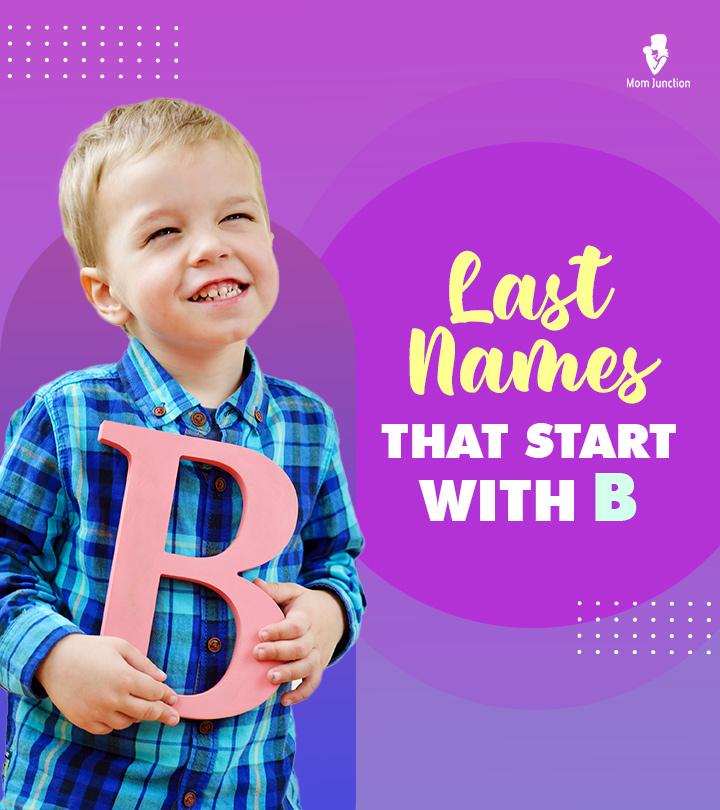


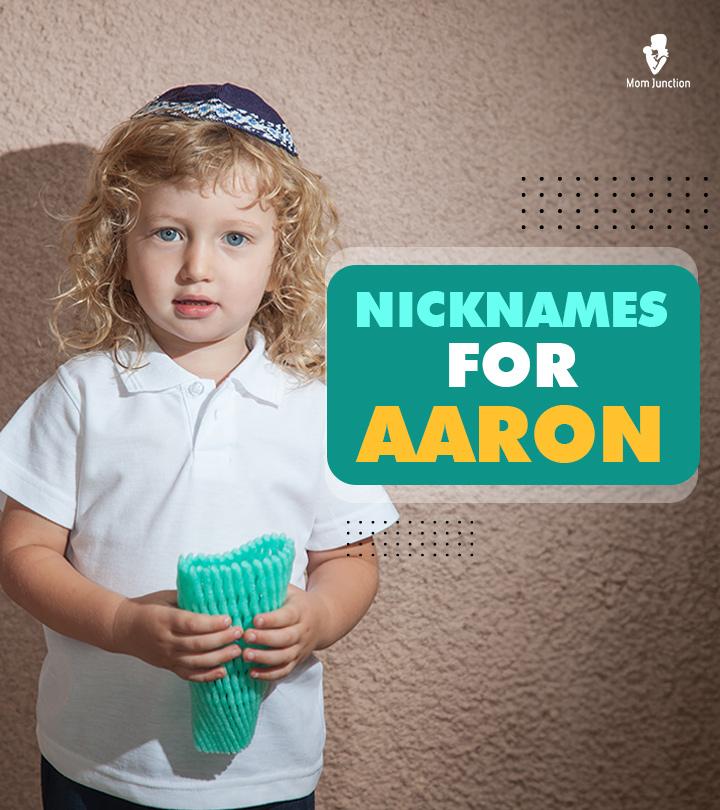





 TODDLERS
TODDLERS








 TEENS
TEENS



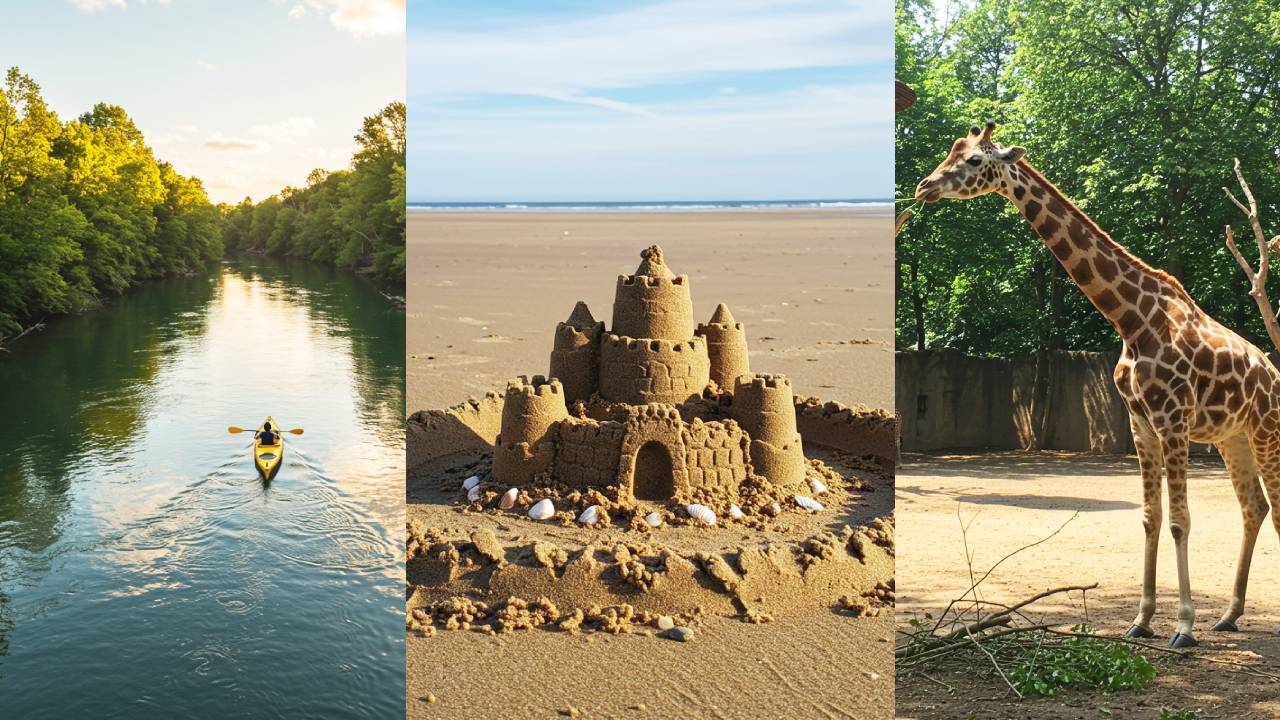




 HEALTH CARE
HEALTH CARE




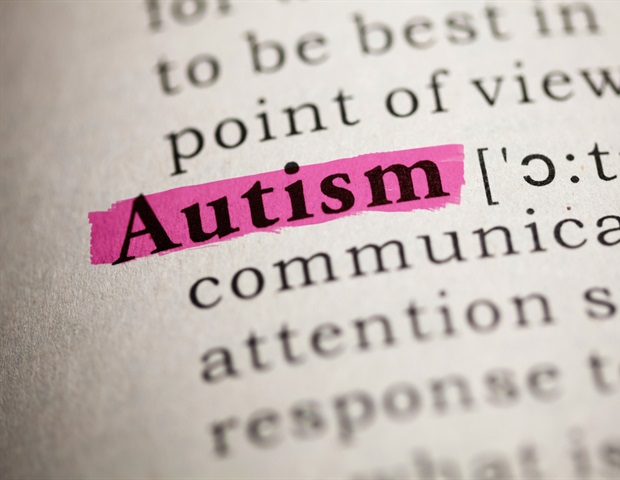

 ACTIVITIES & CRAFTS
ACTIVITIES & CRAFTS








 CONTACT
CONTACT ABOUT
ABOUT



